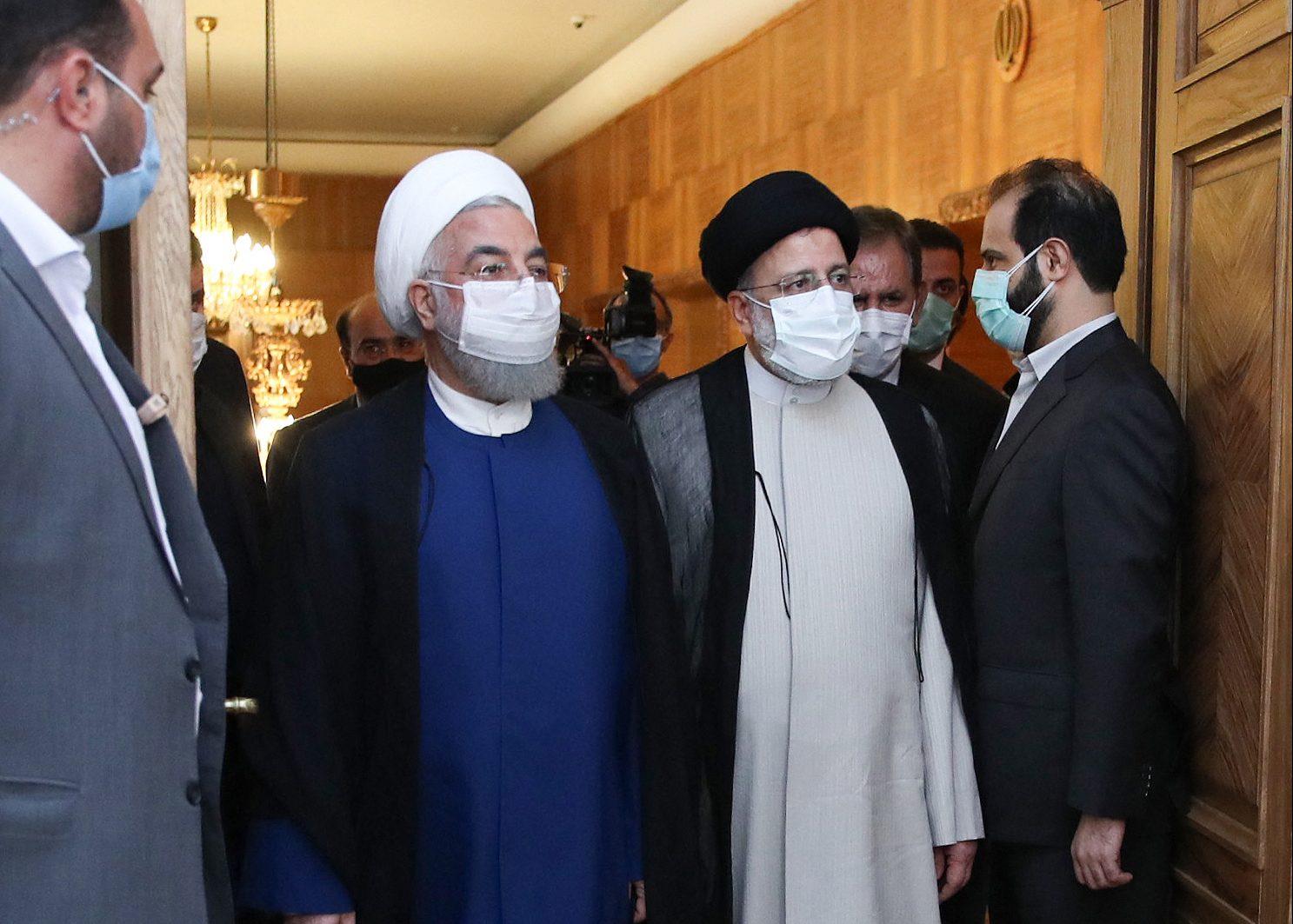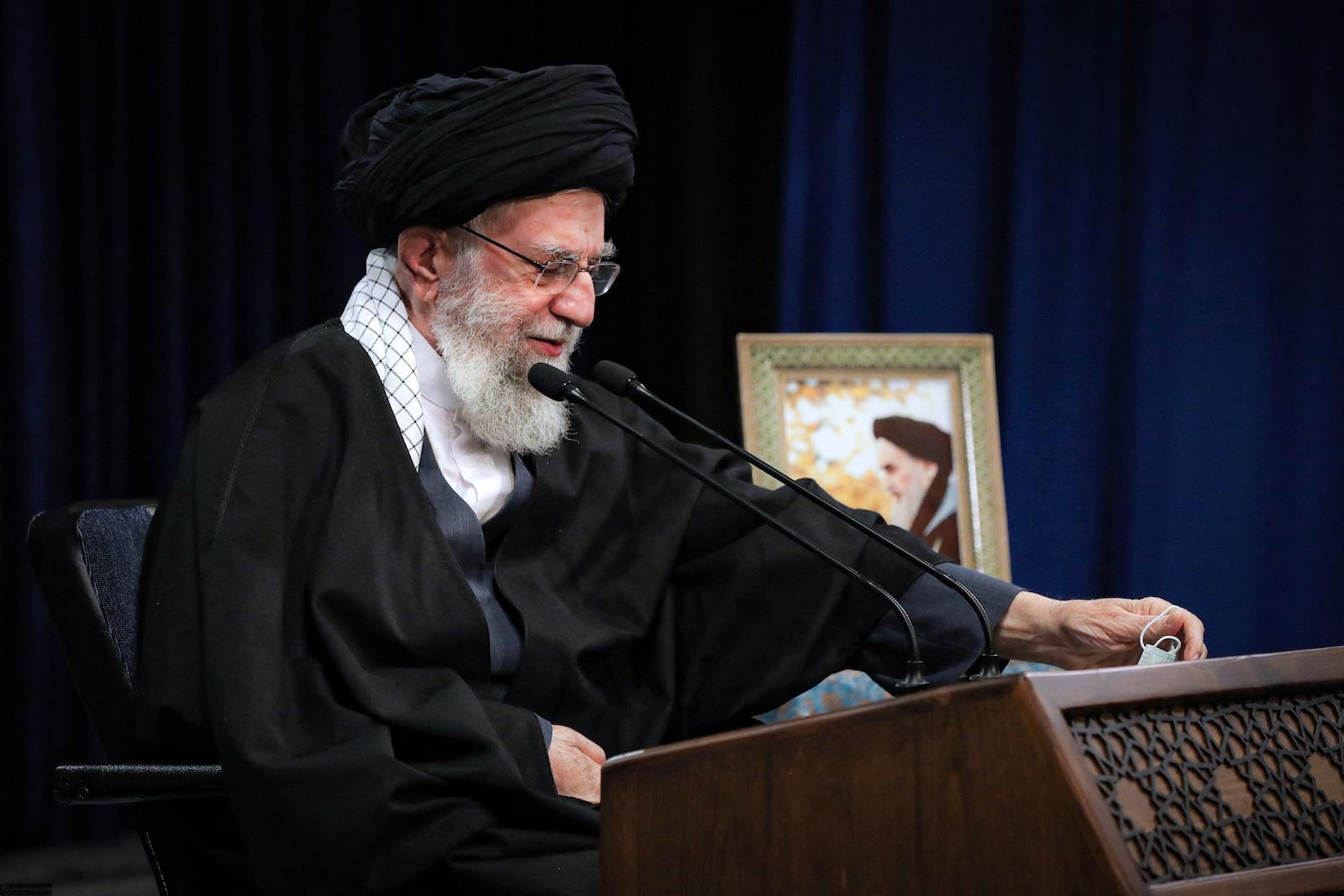(MENAFN- Asia Times) Seyyed Ebrahim Raisi is to being sworn in as the 8th president of Iran on Thursday (August 5) at the parliament (Majlis) two days after having been formally endorsed by Leader of the Islamic Revolution Ayatollah Khamenei.
The ceremony at the Majlis will be attended by Iraq President Barham Salih and other heads of state, by foreign ministers and by representatives of the UN secretary-general, OPEC, the EU, the Eurasia Economic Union, and the Inter-Islamic Union.
The Islamic Republic of Iran now enters a new era in more ways than one. Khamenei himself outlined its contours in a short, sharp speech ,“The Experience of Trusting the US.”
Khamenei's strategic analysis was conveyed even before the final result of the Iran nuclear deal negotiations in Vienna in 2015, which I covered in my Asia Times ebook Persian Miniatures . It turned out to be premonitory:“During the negotiations, I repeatedly said they don't uphold their promises.” And thus, in the end,“the experience tells us this is a deadly poison for us.”
During the Rouhani administration, Khamenei adds,“it became clear that trusting the West doesn't work.”
With excellent timing, a new six-volume book, Sealed Secret , co-written by outgoing Foreign Minister Javad Zarif and two top negotiators on the Joint Comprehensive Plan of Action nuclear deal, Ali Akbar Salehi and Seyed Abbas Araghchi (who's still involved in the current, stalled Vienna debate), will be published this week – only in Farsi for the moment.
Professor Mohammad Marandi of the University of Tehran summed up for me the road map ahead:“Iran's foreign policy decisions are pretty clear. Iran will be putting less emphasis on Western nations, especially European, and more emphasis on the Global South, the East, neighboring countries – and of course that will include China and Russia.
That doesn't mean the Iranians are going to ignore Europe altogether if they decide to return to the JCPOA. The Iranians would accept if they abide by their obligations. So far, we have seen no sign of that whatsoever.”
Marandir referred to Khamenei's speech:“It's pretty clear. He's saying, 'We don't trust the West, these last eight years showed that.' He's saying the next administration should learn from the experience of these eight years.”

Outgoing president Hassan Rouhani (L) and Iran's newly inaugurated President Ebrahim Raisi arriving for the handover ceremony in Tehran, August 3, 2021. -Photo: AFP / Iranian Presidency
Yet the main challenge for Raisi will not be foreign policy, but the domestic framework, with sanctions still biting hard:“With regard to economic policy, it will be tilting more toward social justice and turning away from neoliberalism, expanding the safety net for the disenfranchised and the vulnerable.”
It's quite intriguing to compare Marandi's views with those of a seasoned Iranian diplomat who prefers to remain anonymous, and who is very well positioned as an observer of the domestic conflict:
The diplomat is adamant regarding“the importance of paying attention to our internal capacities and abilities, while having powerful economic relations with our neighbors as well as Russia, China, Latin America, South Africa – as well as maintaining mutual respectable ties with Europeans and the US government, if it changes its behavior and accepts Iran as it is, not always trying to overthrow the Iranian state and harm its people by any possible means.”
Iranians are heirs to a tradition of at least 2,500 years of fine diplomacy. So once again our interlocutor had to stress,“the Supreme Leader has never, ever said or believed we should cut our relations with Europeans. Quite the opposite: he deeply believes in the notion of 'dynamic diplomacy,' even concerning the US; he said multiple times we have no problem with the US if they deal with us with respect.”
Now let's time travel
There are no illusions in Tehran that Iran under Raisi, any less than under Rouhani, will not remain the target of multiple“maximum pressure” and/or hybrid war tactics deployed by Washington and NATOstan, crude false flags included , with the whole combo celebrated by US Thinktankland's analyses penned by“experts” in inside-the-Beltway cubicles.
All that is irrelevant in terms of what really matters ahead on the Southwest Asia chessboard.
The late René Grousset, in his 1951 classic L'Empire des Steppes, has pointed out“how Iran, renewing itself for fifty centuries,” has“always given proof of astonishing continuity.” It was because of this strength that Iranian civilization, as much as Chinese civilization, has assimilated all foreigners that conquered is soil, from Seljuks to Mongols:“Every time, because of the radiance of its culture, Iranism reappeared with renewed vitality, on the road to a new renaissance.”
The possibility of a“new renaissance” now implies a step beyond the“neither East nor West” first conceptualized by Ayatollah Khomeini: It's rather a back-to-the-Eurasian-roots Iran reviving its past to tackle the new, multipolar future.
The political heart of Iran lies in the sophisticated urban organization of the northern plateau, the result of a rolling, pluri-millennial process. All along Rene Grousse t's“fifty centuries”, the plateau has been the house of Iranian culture and the stable heart of the state.
Around this central space there are plenty of territories historically and linguistically linked to Persia and Iran: in Eastern Anatolia, in Central Asia and Afghanistan, in the Caucasus, in Western Pakistan. Then there are Shi'ite territories of other ethnic groups, mostly Arab, in Iraq, Syria, Lebanon (Hezbollah), Yemen (the Zaidites) and the Persian Gulf (Bahrain, the Shi'ites in Hasa in Saudi Arabia).

A handout picture provided by the office of Iran's Supreme Leader Ayatollah Ali Khamenei on January 8, 2021 shows him delivering a televised speech on the occasion of the 43rd anniversary of 1978 revolt in Qom which ignited the Iranian Revolution. Photo: AFP via KHAMENEI.IR
This is the Shiite arc – evolving in a complex“Iranization” process that is foremost political and religious, and not cultural and linguistic. Outside of Iran, I have seen in my travels how Arab Shiites in Iraq, Lebanon and the Gulf, Dari/Farsi Shi'ites in Afghanistan, those of Pakistan and India, and Turcophone Shi'ites in Azerbaijan look up towards political Iran.
So Iran's large zone of influence relies mostly on Shi'ism, and not on Islamic radicalism or the Persian language. It's Shi'ism that allows political power in Iran to keep a Eurasian dimension – from Lebanon to Afghanistan and Central Asia – and that reflects Grousset's“continuity” when he refers to Persian/Iranian history.
From Ancient History to the medieval era, it was always out of imperial projects, born in Southwest Asia and /or the Mediterranean basin, that arose the drive to attempt the creation of a Eurasian territory.
The Persians, who were halfway between Mediterranean Europe and Central Asia, were the first who tried to build a Eurasian empire from Asia to the Mediterranean, but they were halted in their expansion towards Europe by the Greeks in the 5th century BC.
Then it was up to Alexander The Great, in pure badass blitzkrieg mode, to venture all the way to Central Asia and India, de facto founding the first Eurasian empire. Which happened to materialize, to a large extent, the Persian empire.
Then something even more extraordinary happened: the simultaneous presence of the Parthian and Kushan empires between the Roman Empire and the Han Empire during the first two centuries of the first millennium.
It was this interaction that first allowed commercial and cultural trade and connectivity between the two extremities of Eurasia, between the Romans and the Han Chinese.
Yet the largest Eurasian territorial space, founded between the 7th and 10th centuries, following the Arab conquests, were the Umayyad and Abbasid Caliphates. Islam was at the heart of these Arab conquests, remixing previous imperial compositions, from Mesopotamia to the Persians, Greeks and Romans.
Historically, that was the first truly Eurasian economic, cultural and political arc, from the 8th to the 11th century, before Genghis Khan monopolized The Big Picture.
All that is very much alive in the collective unconscious of Iranians and Chinese. That's why the China-Iran strategic partnership deal is much more than a mere $400 billion economic arrangement. It's a graphic manifestation of what the revival of the Silk Roads is aiming at.
And it looks like Khamenei had already seen which way the (desert) wind was blowing years before the fact.
MENAFN05082021000159011032ID1102573045